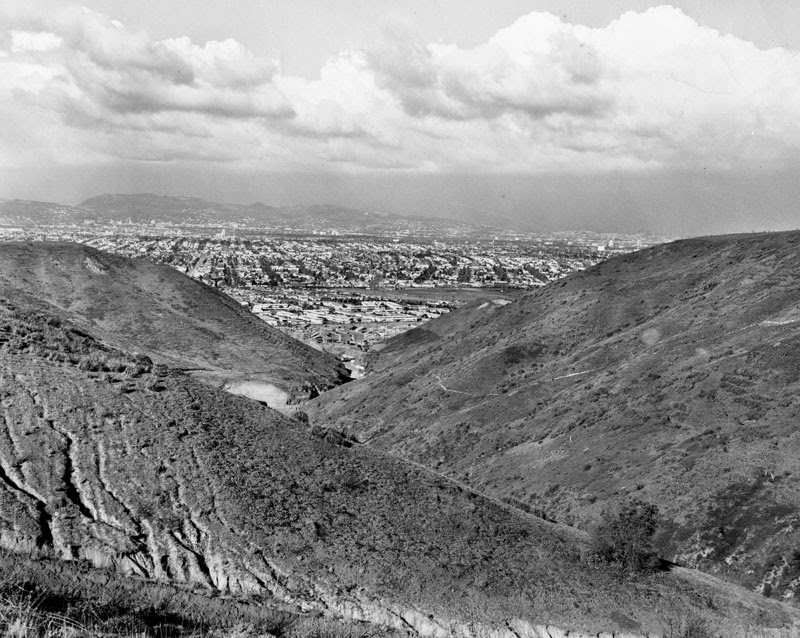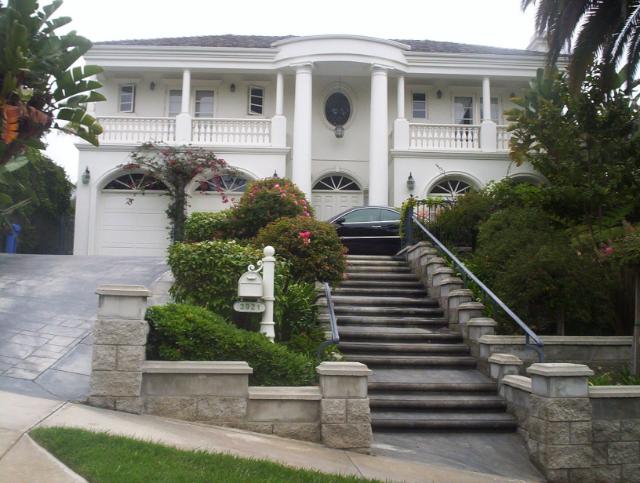


This left the assessment of the Baldwin Hills failure in the hands of a new generation of engineers, some of whom took on conflicting roles as experts in various lawsuits. Terzaghi had also made significant contributions to understanding subsidence in oilfields. The failure occurred shortly after the death of the authoritative Harvard engineer Karl Terzaghi whose ideas had long dominated both the engineering science of soil mechanics and earth dam engineering.
#Baldwin hills professional#
The failure of the Baldwin Hills Reservoir, which was built to assure safe water for the people of Los Angeles in case of catastrophes such as earthquake, fire, and war, was a blow to engineering confidence, and its failure was the subject of many writings and two professional conferences (19, see references) in the twenty five years following the failure. Late 1963, when the failure occurred, was a time of notable public disasters only a few weeks before the Italian Vajont Dam had failed, drowning 2000 people. The Baldwin Hills dam designer, engineer Ralph Proctor, who had worked as resident engineer on the failed Saint Francis Dam and had subsequently devised new methods of producing compacted earth fill in building its replacement, aggressively proceeded with the Baldwin Hills project even in the face of safety concerns and disagreements over important design details within his own department. Dams, like nuclear technologies, were recognized as potentially dangerous but they were also considered by Americans as a showcase technology, a means of fending off danger and spreading progressive American technologies and associated social benefits at home and abroad. But this was also an era of new engineering ventures on land, sea, and space, with new technologies boldly advanced to meet what were seen as hostile challenges from both nature and communist ideologies.

The builders, Los Angeles Department of Water and Power, were aware of the difficult geologic conditions presented by the site and knew well, from the experience of the sudden collapse of their Saint Francis Dam in 1928, the serious consequences of a failure of even small reservoirs in an urban setting. The reservoir had been conceived, designed, and built during and after World War II when the pace of dam building was accelerating even as some disastrous dam failures were indicating a need for safer technologies. The failure of the Baldwin Hills Reservoir received an exceptional amount of attention from the civil engineering community and remains a subject of continuing interest. Significance and Diagnoses of The Failure


 0 kommentar(er)
0 kommentar(er)
